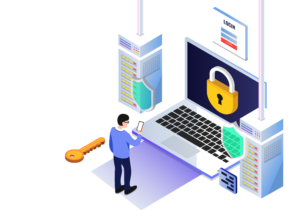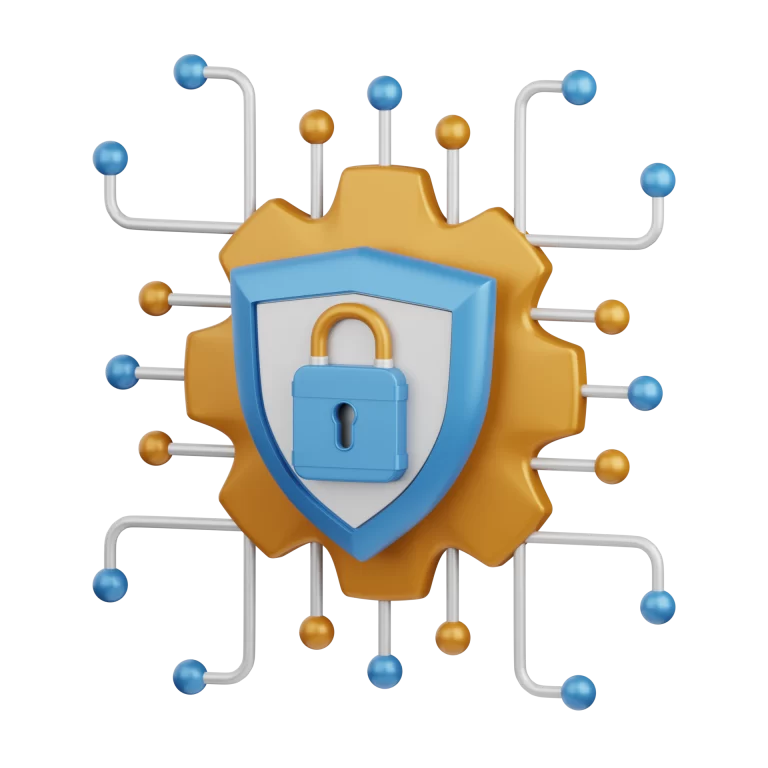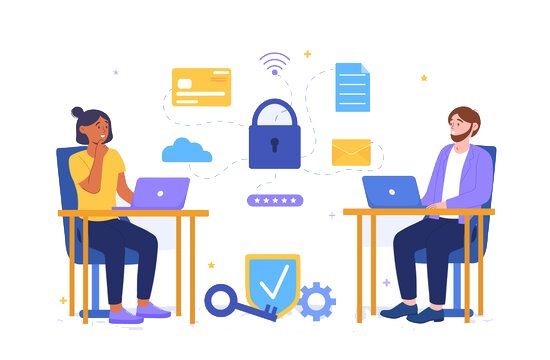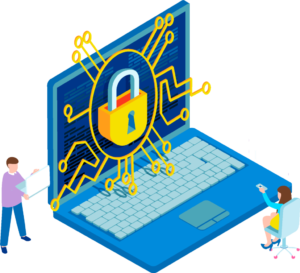
Cybersecurity in Software Development
For governments, companies, and individuals alike, cybersecurity is of utmost importance in the modern, globally interconnected world. The development of software, which facilitates many aspects of modern living, is crucial to finding solutions to these problems. This blog post examines the role cybersecurity plays in software development and provides essential advice on safeguarding your digital assets.
Cyber threats are evolving at an alarming rate, encompassing everything from traditional malware to highly skilled ransomware and nation-state incursions. As software becomes more and more ingrained in our daily lives, hackers are finding it more and more appealing to target it in an attempt to exploit vulnerabilities. When software developers ignore cybersecurity, they are effectively opening the door for thieves.


Secure software development is the process of developing applications with security in mind from the beginning to the end. It has several significant components, including:
Threat Modeling
The prompt deployment of countermeasures is facilitated by the early identification of possible security risks and weaknesses. Threat modelling assists in preventing security vulnerabilities from entering the final product.
Secure Coding Practices
Developers should follow safe coding guidelines to reduce the risk of vulnerabilities such as SQL injection, cross-site scripting, or buffer overflows. Using well-known coding practices and libraries with security features can make a significant difference.
Regular Security Testing
Frequent security testing can identify weaknesses before they become significant issues. Code reviews, penetration tests, and static and dynamic analysis fall under this category.
Authentication and Authorization
The correct application of authentication and authorization techniques is necessary to guarantee that only authorized users have access to the system and data.
Data Encryption
Both during data transmission and while the data is at rest, encryption is required to protect sensitive information from prying eyes.
Security Updates and Patch Management
To mitigate vulnerabilities found, it is essential to apply security patches and upgrades for every component of the software stack as soon as possible.
Incident Response Plan
Having a comprehensive incident response strategy in place allows organizations to react to security breaches promptly and effectively.
It’s crucial to adhere to certain broad security best practices in addition to secure software development concepts.
Principle of Least Privilege
Limit user and system access to that which is necessary for them to perform their jobs. This lessens the potential harm that a system or person hacker could cause.
Regular Monitoring
Constant monitoring of systems and applications can help detect and resolve security vulnerabilities more rapidly.
User Training
It is essential to educate customers on cybersecurity best practices and how to recognize phishing attempts. People are often the weakest link in the security chain.
Third-Party Components
Look out for any third-party libraries and parts that your program might be utilizing. Verify that they are current and that there are no known vulnerabilities.
Secure Development Lifecycle
Develop a structured software development lifecycle (SDLC) methodology with a security focus that includes security-related tasks at every level of the process.


Businesses must now make cybersecurity investments in addition to software development costs. A cybersecurity breach can seriously affect a person’s wealth and reputation. In certain cases, they might result in legal duties. Organizations that take early steps to address security issues can prevent financial losses and ensure their long-term success.
Cybersecurity must be considered from the beginning when developing software; it is not an afterthought. The more the digital ecosystem develops, the more important it is to include security into the development process. By implementing secure coding methods, doing thorough testing, and adhering to recommended practices, we may fortify our digital defenses against an ever-widening spectrum of cyberattacks. Whether you’re a developer, a business owner, or just an average user, your commitment to cybersecurity matters in this never-ending battle for online safety.

